2 enamelled copper plates (ALSO SOLD SEPARATELY)
Dimensions: 1) 32,5x26,5 frame - 14x20cm plaque (musenshippo technique)
2) 37,5x28,5cm frame - 15x22cm plaque (Champleve TECHNIQUE)
Biography
He exhibited at a very young age at the 5th Milan Triennale in 1933 with three sculptures: a tile for the 4th Station of the Cross and the bas-relief Moses Makes Water Flow from the Rock in the Sacred Art Exhibition Pavilion; in the Housing Exhibition Pavilion
From 1937-1939 the two monumental twin statues placed on the building designed by Lancia opposite Palazzo Mezzanotte in Piazza degli Affari in Milan. The fountain with the statue of St. Anthony of Padua preaching to the fish, placed in front of the sanctuary of St. Anthony of Padua in Via Farini also in Milan, damaged, probably by vandals, on 18 September 2020, dates from 1932. His is also the monumental fountain with a sculpture depicting a 'river god' on whose limbs a snake twines, which adorns the courtyard of the famous Casa della Fontana (architects Rino Ferrini and Franco Bruni, 1934-1936) in Viale Vittorio Veneto 24. For the church of Sant'Elena in Quarto Cagnino he sculpted The Invention of the Cross; for the cathedral in Milan, the statue of Santa Lucia; for the church of San Gioachimo, a Via Crucis in copper.
Maretto also had an intense activity as an enameller and medallist.
Maretto's Enamelling or Art of Fire.
The art of enamelling is not simply a decorative vitreous coating of metal surfaces, but the result of technical processes that give them a more seductive appearance with the splendid intensity of colours and the infinite variety of tones and subtle nuances.
Enamels are a vitreous substance composed of silicates, soda, potassium lead and the colours are given by the various metallic oxides mixed together.
Maretto used two techniques for making enamels.
Champlevè enamels are obtained by hollowing out the alveoli in the metal according to the design and filling the alveoli with enamel and subjecting the metal to the heat of the kiln (around 900°) causing the enamel powder to melt and turn into a glassy paste assuming its definitive colours. This technique flourished in Europe and especially in France in the 12th, 13th and 14th centuries. The musenshippo glazes of Japanese origin are made using a simpler technique.
The raw enamels are placed on top of the surface of the metal slab, juxtaposed with a brush and spatula, thus forming the image to be reproduced, and subjected to fusion so that they blend together, amalgamating with each other to create effects of evanescent outlines.




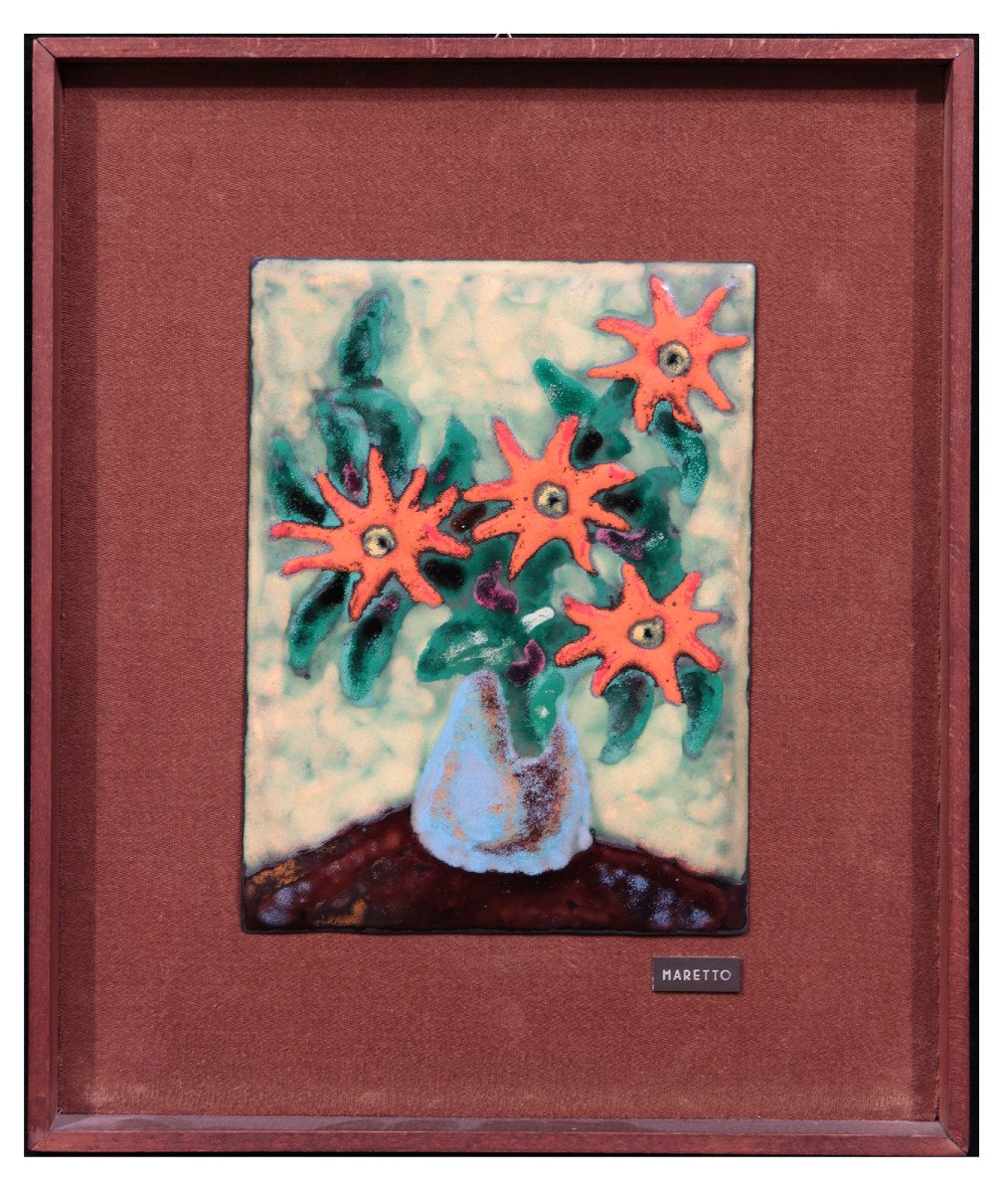

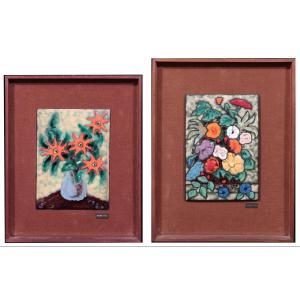





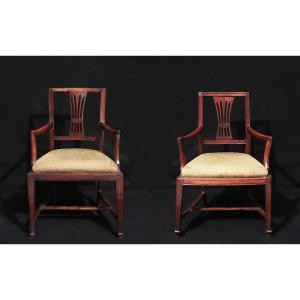

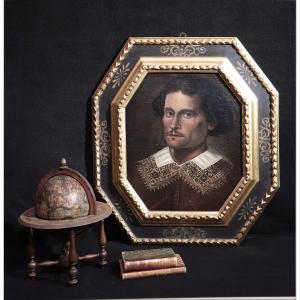



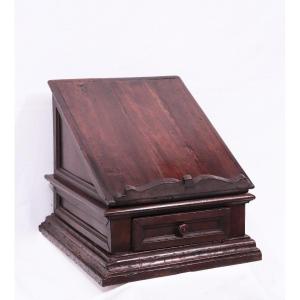







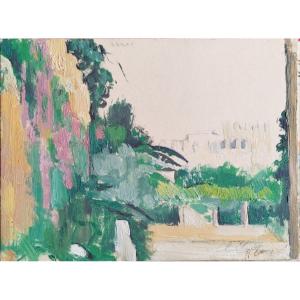


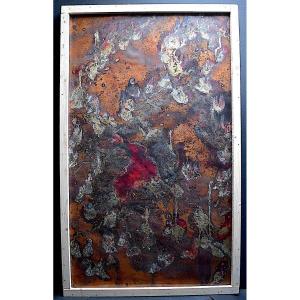




 Le Magazine de PROANTIC
Le Magazine de PROANTIC TRÉSORS Magazine
TRÉSORS Magazine Rivista Artiquariato
Rivista Artiquariato